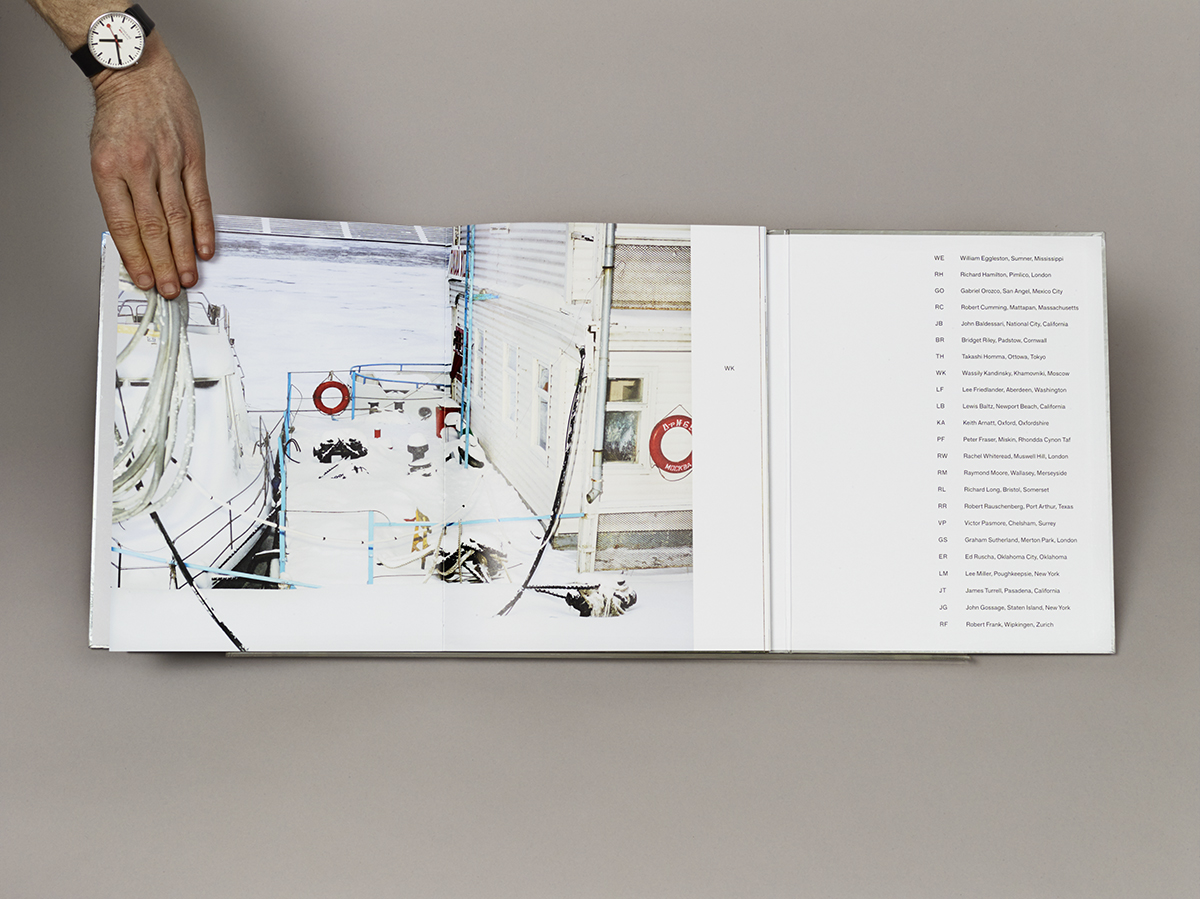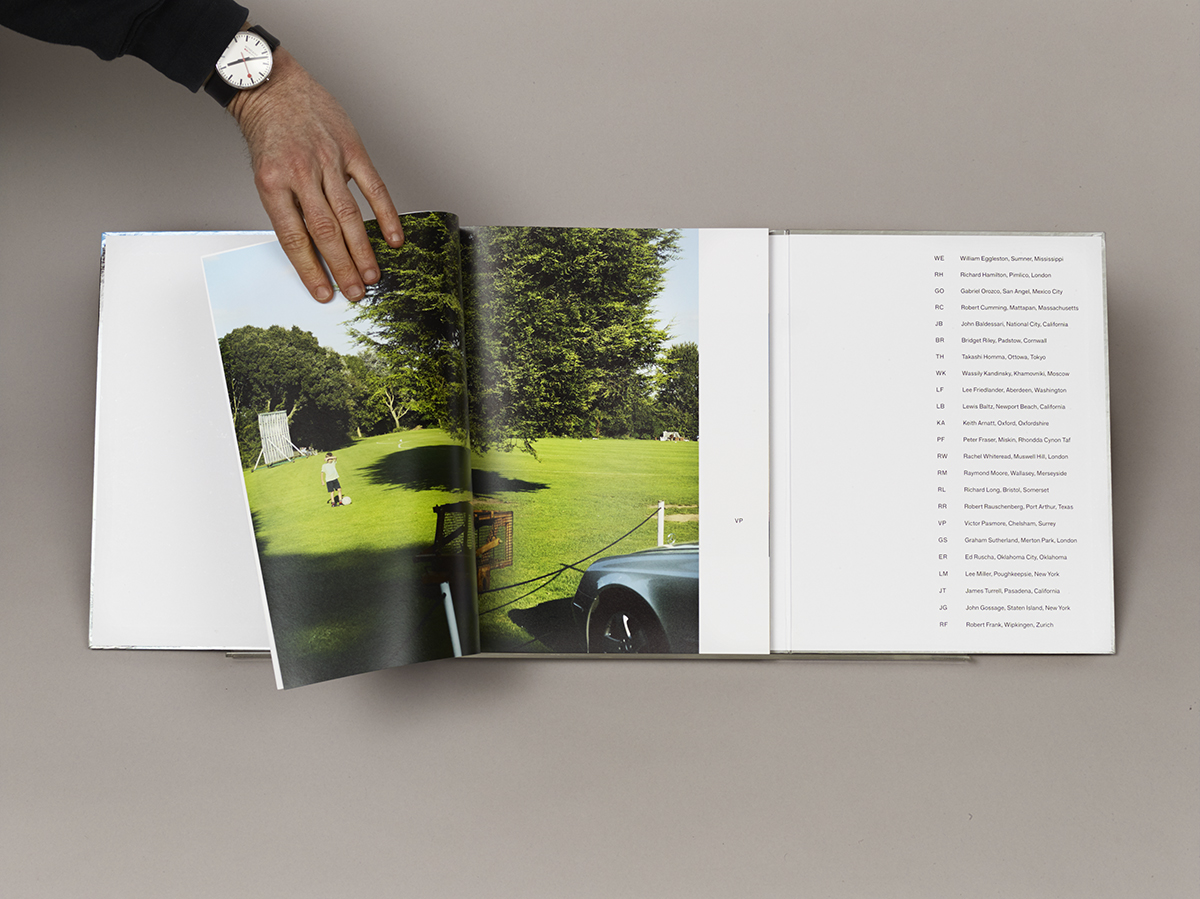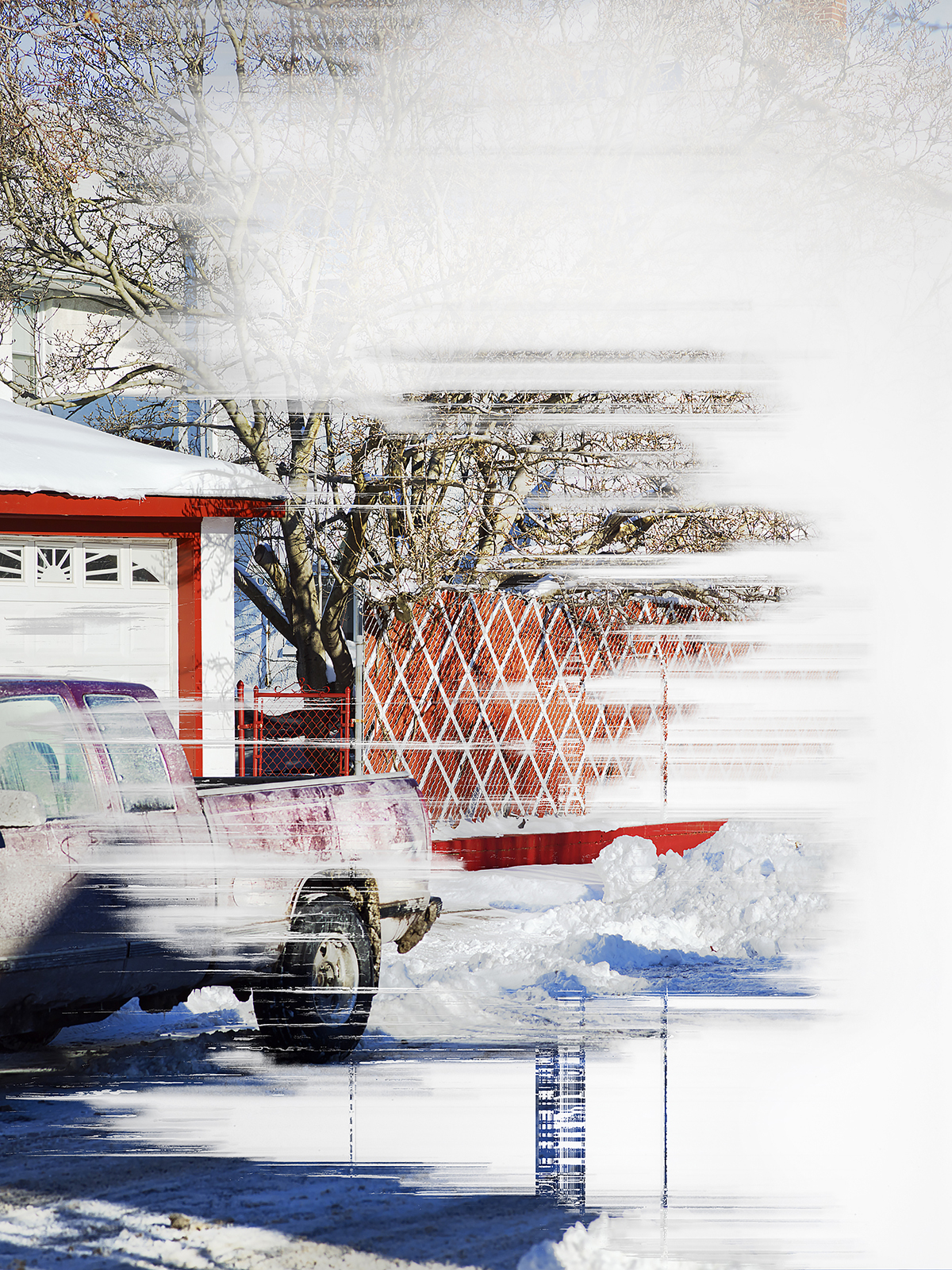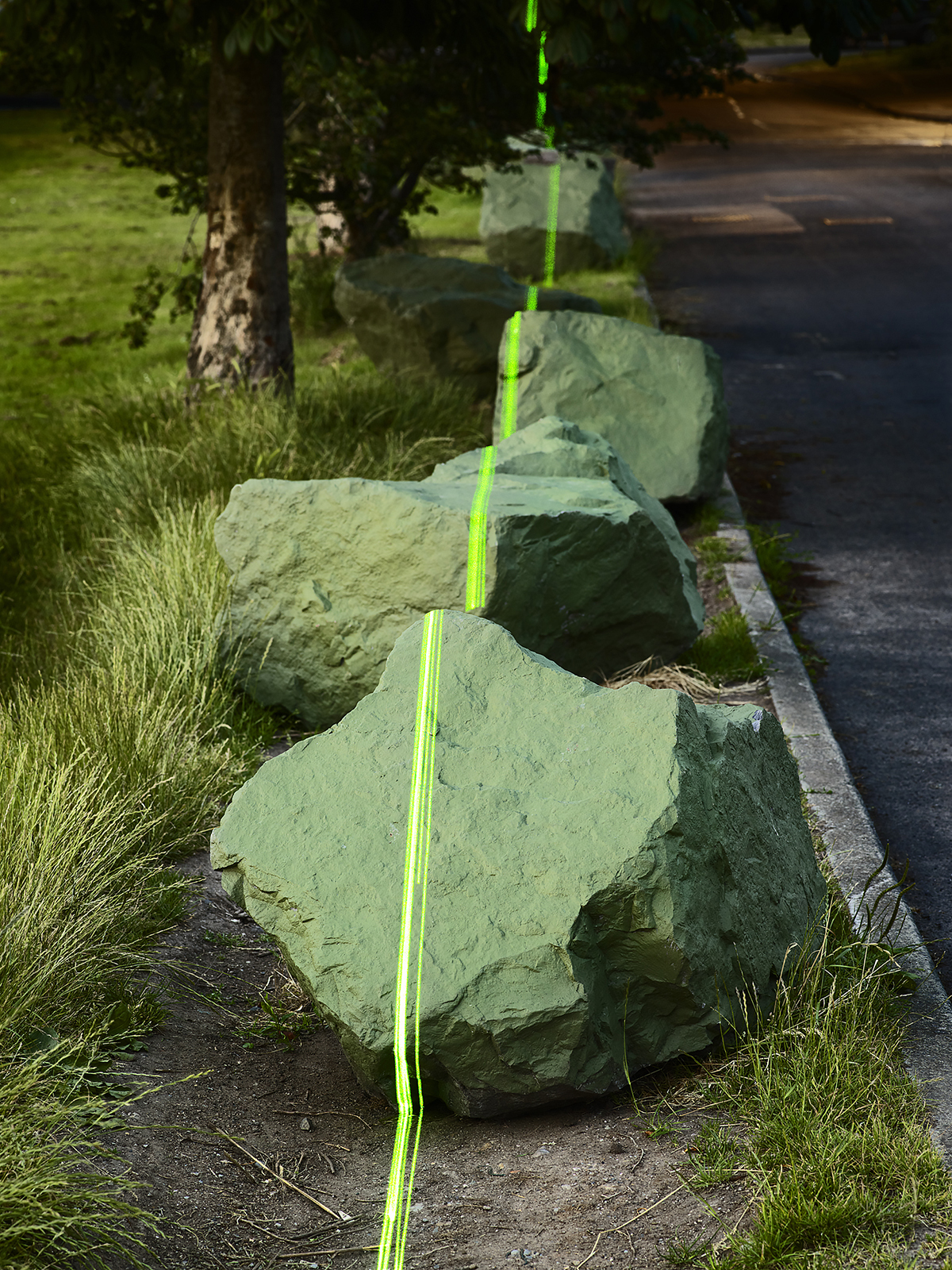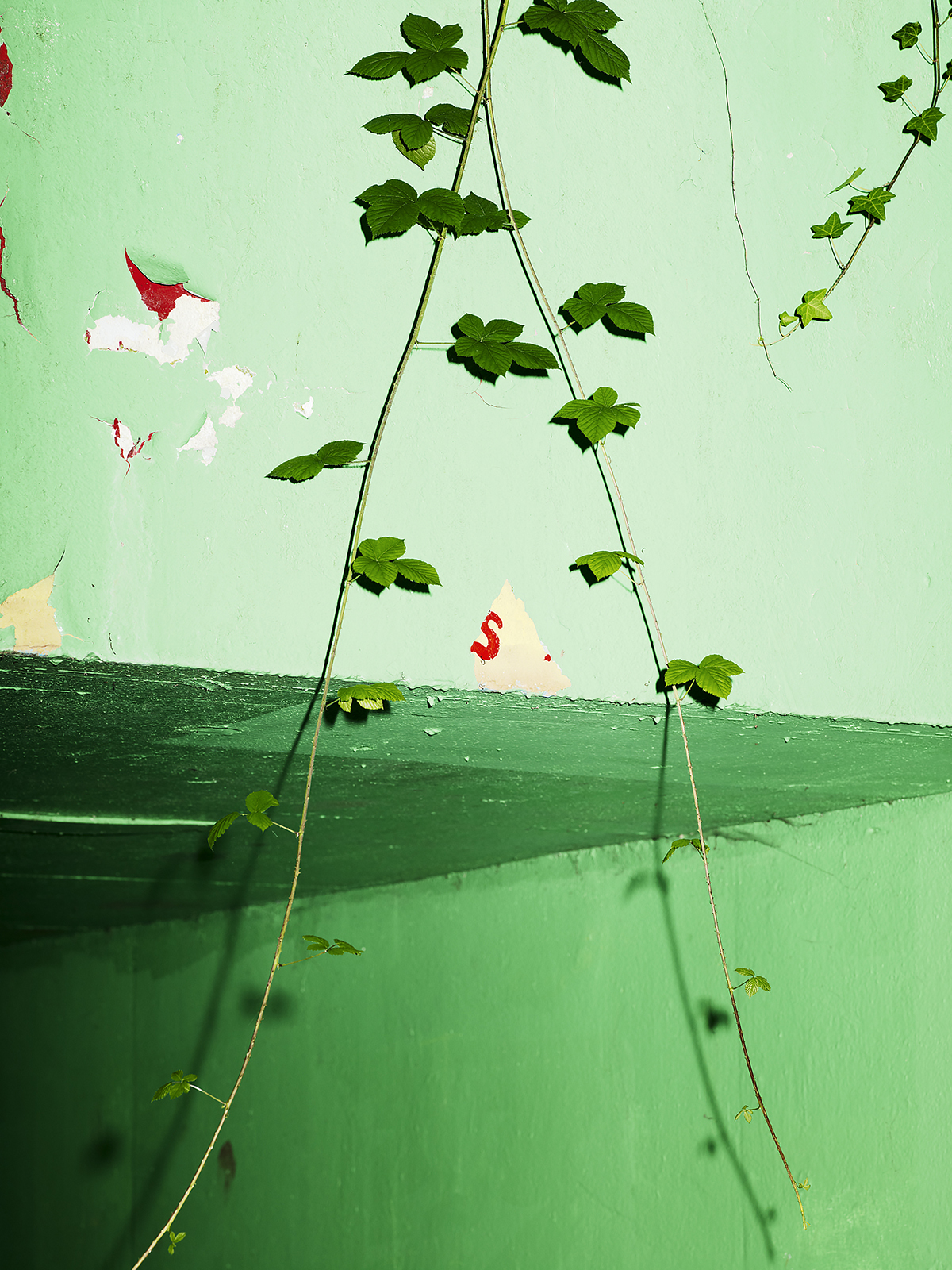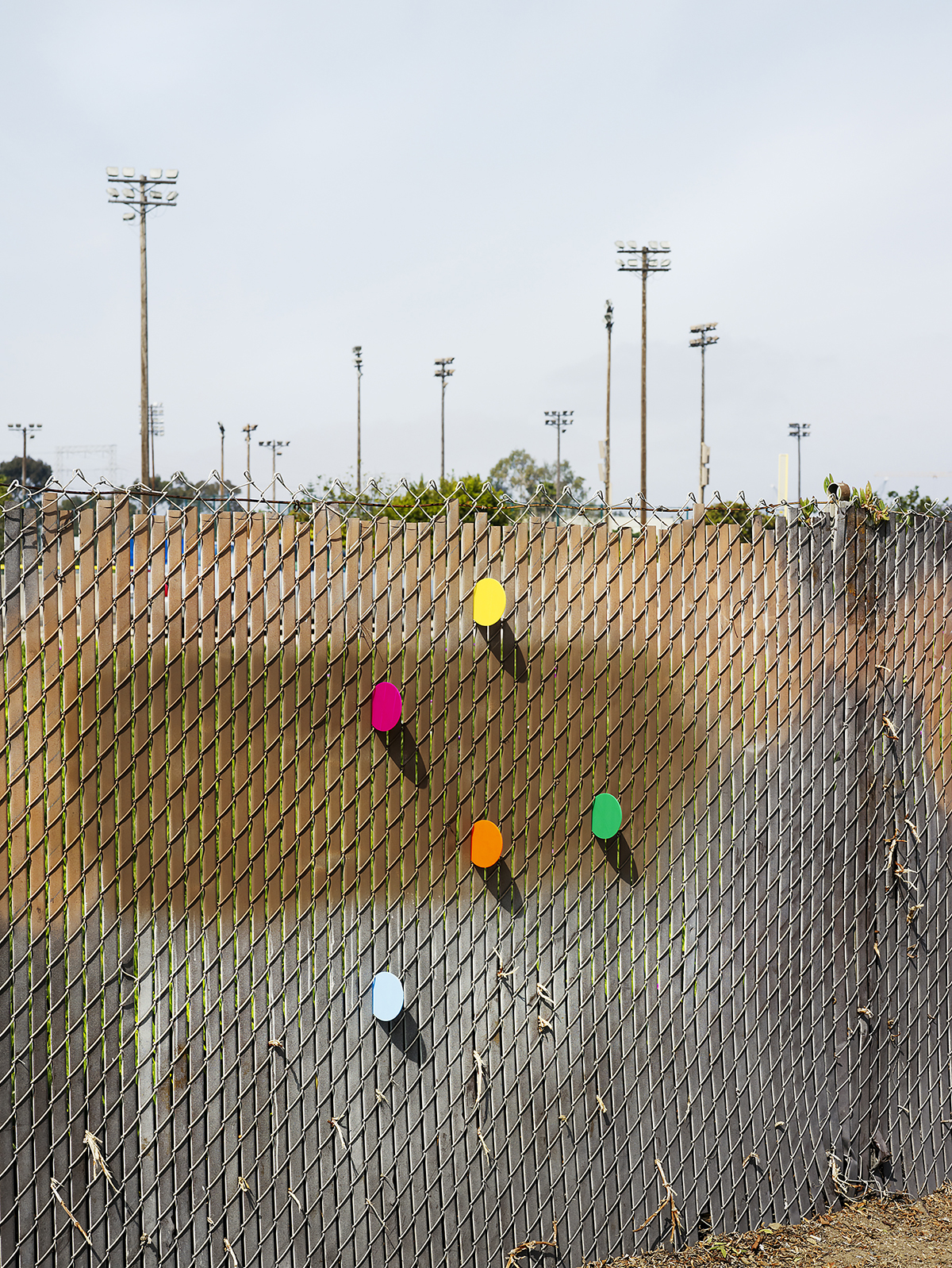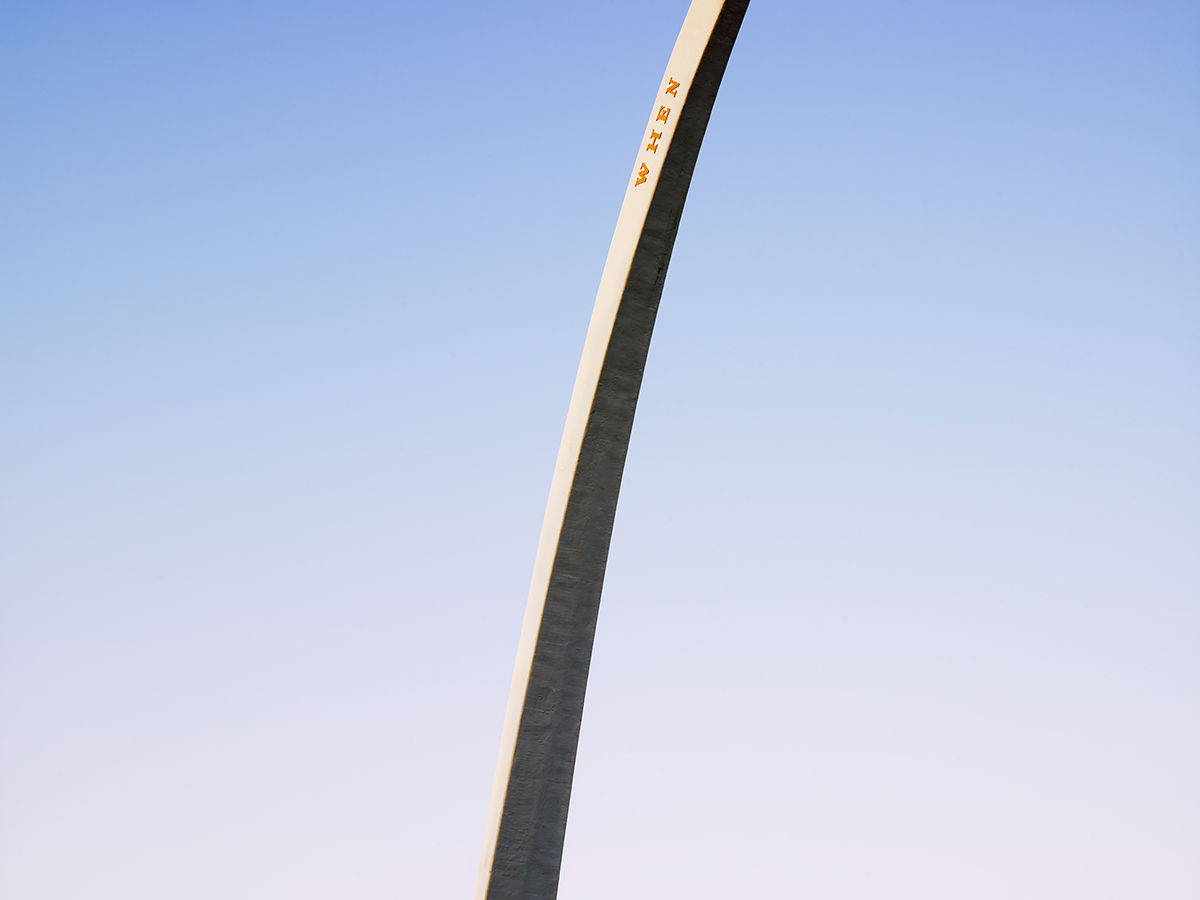Photographer, John MacLean talks about his series 'Hometowns', the role of collaboration in the creation of his work and his process throughout this series.
Photoworks: Thanks for taking the time to talk to us. Your work ‘Hometowns’ is on show as part of this year’s Format Festival, on show from 24 March – 23 April 2017. For anyone unfamiliar with your work, could you talk us briefly through how you came to photography?
John MacLean: I spent part of my childhood in America. During that period my parents (being of the adventurous type) took my sister and me out of school for six months—and drove us around the country in a huge, family-roadtrip. My Dad took photographs along the way and although he would never admit it (or didn’t recognise it) his photographs were very good. That was my introduction to photography. I asked for a camera as soon as I was old enough to have one, and even though my first roll of film was terrible, I was hooked. Six years later, I started studying Photography at Derby University—so it’s exciting to have work showing back there with FORMAT this year.

PW: In this series, we see you trace the hometowns of your photographic influences in an effort to better understand the influences they were subjected to in their formative years. ‘Hometowns’ celebrates the similarities of influence and in turn how that progresses the overall evolution of artists. Can you talk to us about what gave you the idea to start this series?
JM: I think I’d come to a crossroads in my own work where I’d realised that every new photograph I take is, in part, an accumulation of other images I’ve seen in my life. This realisation might have been a source of anxiety… but I’m a pragmatist, so I thought, why not turn it into something positive? Why not celebrate my artistic influences rather than try and sidestep them? I also wanted to find a way to unravel a question: why do I feel a strong connection to some artists’ work, but not others?
So I came to the conclusion that photographing the places where my art heroes spent their childhoods could be two things at once: a homage and a clarifying process.

PW: You undertook a pilgrimage like journey for each of the artists you wanted to document. Did the experience of image making in the same locations as your mentors change your own image making? Did you find the act of looking in these spaces to be more influenced by their historical presence?
JM: I wouldn’t call it a pilgrimage as such because the journey wasn’t an important part of the process—but spending a prolonged period of time in each of these places certainly was. It was a means towards photographing vicariously which, in turn, was a means towards trying to understand what makes my art-heroes ‘tick’. A few of the hometowns seemed to still resonate with the past presence of the artist (at least, in my imagination) and this did alter the way I took photographs. The awareness that something significant happened in each of these locations changed the way I thought about them and the way I photographed them.
PW: How difficult was it to pick a specific number of artists to follow? Do you have an extended list you could have added?
JM: It was pretty easy really—I just looked at my bookshelf and pulled down the books I refer to most often: the books by artists and photographers who I return to again and again when I feel I need guidance or inspiration. And yes, I did have an extended list but the artists I feature comprise the inner-circle of those I call my ‘mentors-by-proxy’.


PW: When you were in each location, did you have an idea of what you were looking for before you went? Did you have an approach in mind already lined up?
JM: Yes, I did in most cases. I had researched each artist’s work in depth, read as much biographical information as I could find, and conducted a ‘virtual recce’ of each neighbourhood using Google Streetview. The result was that I would arrive in each hometown armed with at least couple of pages of condensed notes and ideas—and screen shots of locations too.
Having said that, I was equally happy to discard my preconceived strategies if a particular place revealed a facet that was more interesting, beautiful or relevant. I prefer a project to evolve as I progress, rather than be limited by parameters I have set too tightly.
PW: While you adopt the characteristics of each photographer through the series, you maintain your own style and unique viewpoint while only hinting at the connection to the referenced photographer. Was this intended or did it emerge as part of the process?
JM: I think I am using what I have learned from these photographers all the time, but the difference in Hometowns is that I am isolating each artistic influence one by one, in an attempt to both understand and acknowledge them. I wanted to try and complete a circle, in a sense: I wanted to try and photograph these places through the ‘afterimage’ of the influences these artists had imparted on my own work. At times that felt like walking a tightrope. The photographs I made needed to make visual reference to the work of other artists, but pure imitation would have been an artistic betrayal. I knew from the outset that this balancing act would be difficult to pull off.

PW: Were there any surprising parts of the process?
JM: I was genuinely surprised to find so many visual echoes between some artist’s hometowns and the art they subsequently made (in some cases, decades later).
Admittedly, I was looking so intently for these connections that the photographs I made exceed anything that could be called evidence, but even so…
PW: How important do you think it is to recognise your influences as collaborators in the creation of new work? How do you navigate this?
JM: I think every artist responds differently to this because they evolve in different ways. Robert Rauschenberg deals with your question deftly in his piece ‘Erased De Kooning’ (1953). He created a new work by erasing a drawing made by his formative, artistic influence; he went ‘backwards’ in order to go forwards; he was paying homage but simultaneously creating space for himself. I like your word ‘navigate’ because it implies that the process is continual… and I think that is the case. My navigation is clearly visible ‘above the waterline’ in Hometowns; I will continue the process in future projects, but it will be less ‘on the surface’ and therefore less detectable. But it will still be there.

PW: What’s next for you?
JM: I’m working on a photo-project which, after much deliberation I have titled Outthinking the Rectangle. I think it’s finished. But then again, an idea I’m embracing is that a digitised photograph is only ever paused mid flow, mid deformation and is never completed—it is always open to reinterpretation. So we shall see. Also, I have started a project photographing the natural world—it’s called Your Nature. And it will have a sting in its tail…
For more on John’s work, click here.
For more on our Ideas Series, click here.
